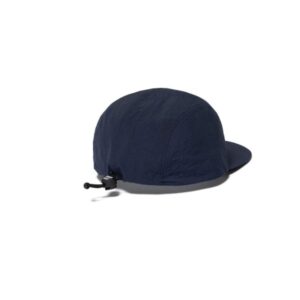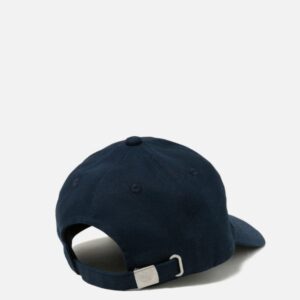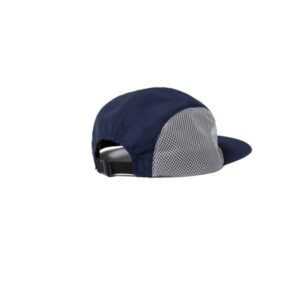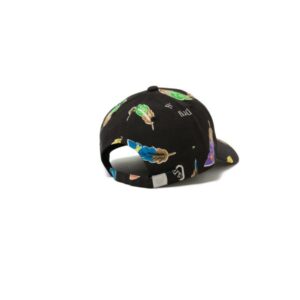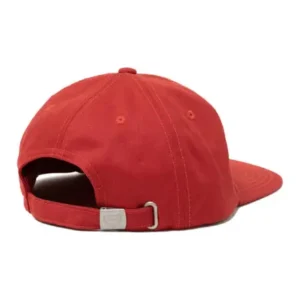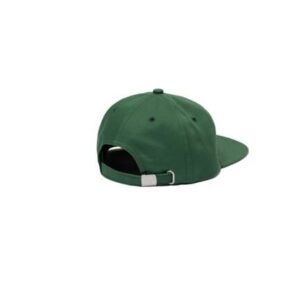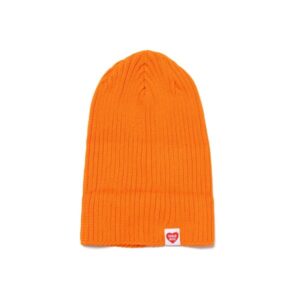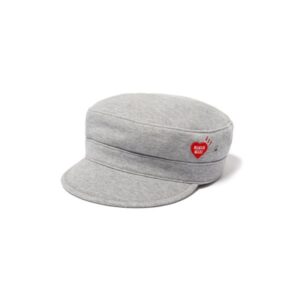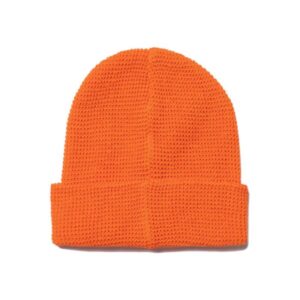
2 Panel Camping Cap
Original price was: $190.00.$130.00Current price is: $130.00.
Human Made 3 Panel Twill Cap
Original price was: $190.00.$130.00Current price is: $130.00.
Human Made 4 Panel Beach Cap
Original price was: $190.00.$130.00Current price is: $130.00.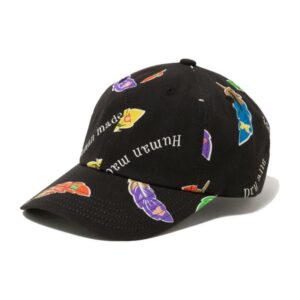
Human Made 5 Panel Cap
Original price was: $190.00.$130.00Current price is: $130.00.
Human Made 5 Panel Twill Cap
Original price was: $190.00.$130.00Current price is: $130.00.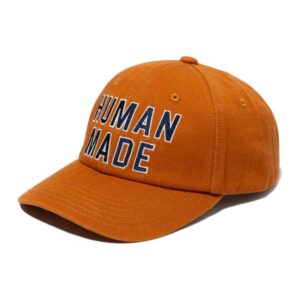
Human Made 6 Panel Cap
Original price was: $190.00.$130.00Current price is: $130.00.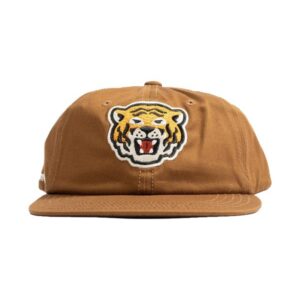
Human Made 6 Panel Twill Cap
Original price was: $190.00.$130.00Current price is: $130.00.
Human Made Baseball Blue Cap
Original price was: $190.00.$130.00Current price is: $130.00.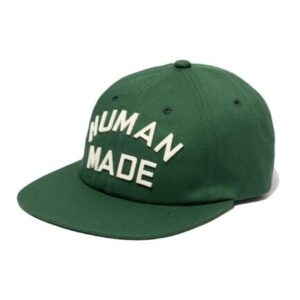
Human Made Baseball Cap
Original price was: $190.00.$130.00Current price is: $130.00.
Human Made Cotton Rib Beanie
Original price was: $190.00.$130.00Current price is: $130.00.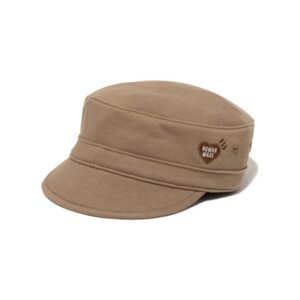
Human Made Sweat Mil Cap
Original price was: $190.00.$130.00Current price is: $130.00.
Human Made Waffle Beanie
Original price was: $190.00.$130.00Current price is: $130.00.Human-Made Hats:
For millennia, caps have been an integral part of human civilization, fulfilling a multitude of functions that go well beyond simple aesthetics. Every Human Made Hat has a backstory that reflects its origins in terms of social position, weather protection, and history. The skill of creating hats blends creativity, artistry, and cultural importance to produce a wide range of forms and varieties that depict the experiences of people. This investigation covers the varieties, materials, history, and complex procedures that go into making hats by hand.
A Rich Tapestry of History:
Hat history is a fascinating tapestry spanning many different times and civilizations. Hats date back to ancient cultures, when they were fashioned from simple materials like braided grasses and animal hides. Pharaohs in ancient Egypt, for instance, decorated themselves with ornate headdresses that represented might and divinity, while people in ancient Greece wore caps like the petasos to protect themselves from the sun.
The importance of hats changed along with societies. Hats evolved from being functional items to fashionable accessories that represented societal stratification during the Middle Ages. During the 17th century, as the bourgeoisie grew in power, elaborate fashions like the tricorne hat—which came to represent nobility—came into being. The Industrial Revolution helped to further democratize hat wear by giving the general public access to a wide range of styles. Hats have historically reflected social and cultural changes, reflecting the dynamic nature of human society. This evolution illustrates these transformations.
Diverse Types of Hats:
Numerous varieties of hats are available, each with a distinct function and cultural significance. Understanding these categories provides insight into human creativity and adaptation. There are several types of formal to informal, each with a specific purpose.
In today's world, casual hats are commonplace. In addition to being functional, beanies, bucket hats, and baseball caps allow people to show their individuality while shielding them from the weather. These hats represent comfort and familiarity and frequently become an integral part of an individual's identity.
On the other hand, formal hats are reserved for special events and frequently exude sophistication and elegance. Elevate your formal apparel with intricately designed fedoras, top hats, and cloche hats made from premium materials. At important gatherings like as weddings and galas, these hats are often worn as status symbols.
Traditional and cultural hats are very important since they symbolize identity and legacy. For example, the sombrero, which represents local styles and craftsmanship, is famous in Mexican culture. Comparably, the fez is a customary headgear in some regions of North Africa and the Middle East that is frequently connected to religious and cultural traditions. These caps fulfill a practical need while also serving as symbols of past and cultural pride.
Functional hats are made to fit particular demands and activities. While hard hats are necessary in industrial and construction situations to maintain safety, outdoor enthusiasts prefer wide-brimmed hats for sun protection. These hats highlight the utilitarian side of headgear and demonstrate how people modify their wardrobes to suit their demands.
Materials That Make a Difference:
A hat's longevity, comfort, and appearance are all greatly influenced by the material that is used to make it. Historically, a wide range of materials have been employed, each with special qualities to suit certain aesthetics and purposes.
Traditional materials like wool, fur, or synthetic fibers can be used to make felt. It's frequently utilized to make hats with structure that are warm and flexible enough to take on different forms. Felt is a popular material among hat manufacturers because of its adaptability, which permits the creation of complex designs.
Another common choice, particularly in warmer climes, are straw hats. Weaved from natural fibers such as rice, wheat, or palm leaves, they are airy and lightweight. Summertime is the perfect time to wear straw hats, which are frequently connected to outdoor excursions and leisure pursuits. They are a vacation wardrobe must because to their laid-back style.
Sunglasses and baseball caps are two examples of casual headgear that are frequently made of cotton and canvas. These materials are pleasant to wear, easily maintained, and convenient for daily use. Many people like them because of their versatility, which enables a wide range ofstyles and patterns.
Cowboy hats and other more fashionable or rugged hats are frequently made of leather. With time, leather gains a beautiful patina that enhances its appearance and provides endurance. Those who value a more traditional or daring look will find this material appealing because it combines fashion and utility.
The Intricate Process of Hat-Making:
The process of making a hat is a painstaking journey with multiple steps, each of which adds to the end product's distinctiveness and excellence.
The design phase, where the artist imagines the hat's general appearance, is the first step in the hat-making process. Choosing the look, materials, and colors at this stage is usually influenced by past fashion trends or current styles. Designers use sketches to visualize how each component will fit together.
Following the preparation of the patterns, the materials are cut appropriately. In order to give felt hats a polished and structured appearance, steam is used to mold the cloth into the appropriate shape. When it comes to straw hats, the craftsman's care and ability are evident in the complex weaving of the strands that comprise the hat's body.
The components are assembled during the assembly phase. This is when the hat starts to take shape—cut portions are sewn or fused together. At this stage, ribbons, flowers, or feathers are frequently added as decorations to personalize the work and improve its overall beauty.
Lastly, the final details are implemented. Sweatbands, linings, and any other finishing touches that guarantee comfort and quality are included in this. Only the best-quality hats reach the market since every one of them is meticulously inspected for flaws.
Cultural Significance and Symbolism:
Hats have deep cultural importance in addition to their utilitarian value. Different social roles, vocations, or views can be represented by them. For example, military hats indicate rank and unit, whereas birettas are worn by clergy to indicate their place within the church. Headwear of this type frequently serves as an identifying marker, giving a person a sense of recognition and belonging in a community.
Another special way hats can convey individuality is by wearing them. Fashion-forward styles can become distinctive style declarations that let wearers express their individuality. Hats are a great way to show off one's individuality, confidence, and flare. Hats become canvases for self-expression in this sense, transcending their utilitarian beginnings.


